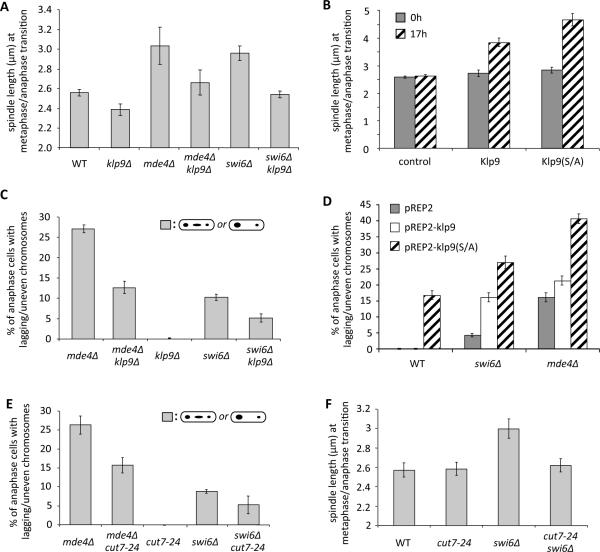Figure 3. Correction of merotelic attachments can be modulated through manipulation of the activities of metaphase spindle elongation motors.
(A) Spindle lengths of the indicated strains at the metaphase/anaphase transition are shown (The differences between all pairwise combinations of the indicated strains were statistically significant by unpaired t test (p<0.05), except for between WT and mde4Δ klp9Δ or swi6Δ klp9Δ.). (B) Spindle lengths at the metaphase/anaphase transition was determined for wild-type cells before (0h) and after (17h) induction of expression of Klp9, Klp9 (S/A), or no protein (control) for 17h from the nmt1 promoter. Bars represent the mean +/− SD (n=3; 100 cells each). (C) The effect of klp9 on the frequency of lagging or mis-segregated chromosomes in the indicated strains is shown. (D) The effect of overexpression of Klp9 (pREP2-klp9), non-phosphorylatable Klp9 (pREP2-klp9(S/A)), or no protein (pREP2) for 17h using the nmt1 promoter in the indicated strains is shown. Bars represent the mean +/− SD (n=3; 110 cells each). (E) The frequency of lagging chromosomes in mde4Δ and swi6Δ mutants in the presence or absence of cut7-24 mutation is shown. (F) Spindle lengths at the metaphase/anaphase transition for the indicated strains were shown. Cells in parts E and F were grown at 25°C, the permissive temperature for the cut7-24 mutation. The differences between all pairwise combinations of strains were statistically significant by unpaired t test (p<0.05), except for between WT and cut7-24 (p=0.827), and WT and cut7-24 swi6Δ (p=0.435). See also Figure S3.

